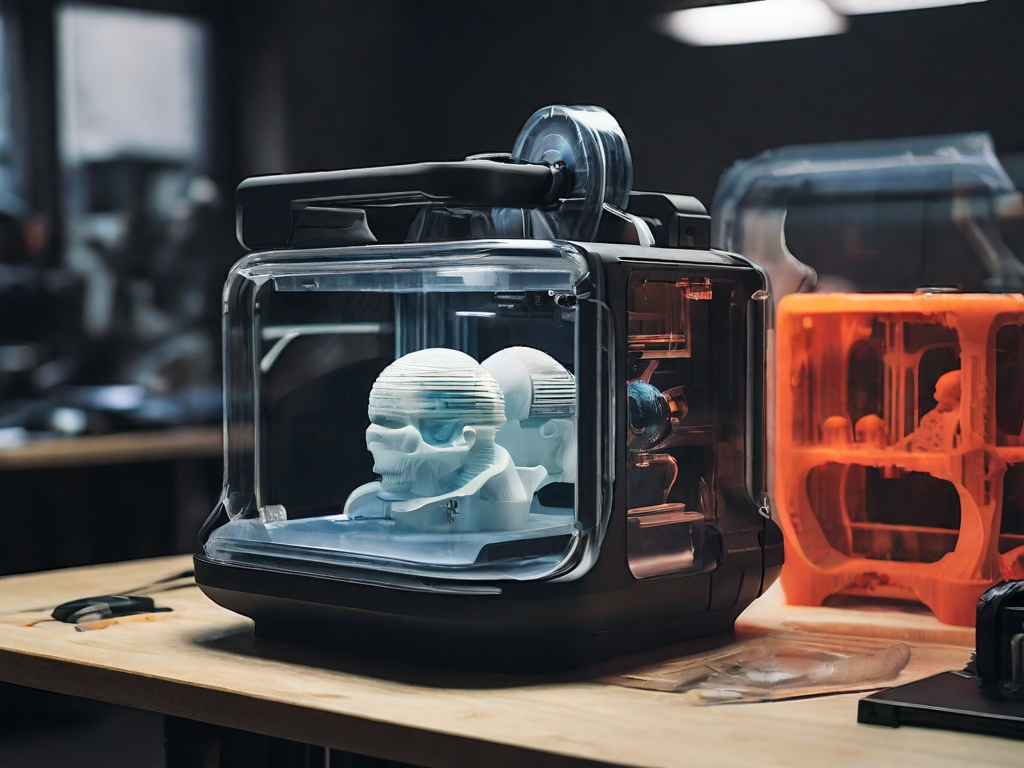
In the realm of manufacturing and innovation, few technologies have sparked as much excitement and potential as 3D printing. Often referred to as additive manufacturing, 3D printing has transcended its initial novelty phase to become a disruptive force across various industries. As we stand on the precipice of a new era, it’s imperative to delve into the intricacies of the ”’future of 3D printing”’ to comprehend its trajectory, implications, and limitless possibilities.
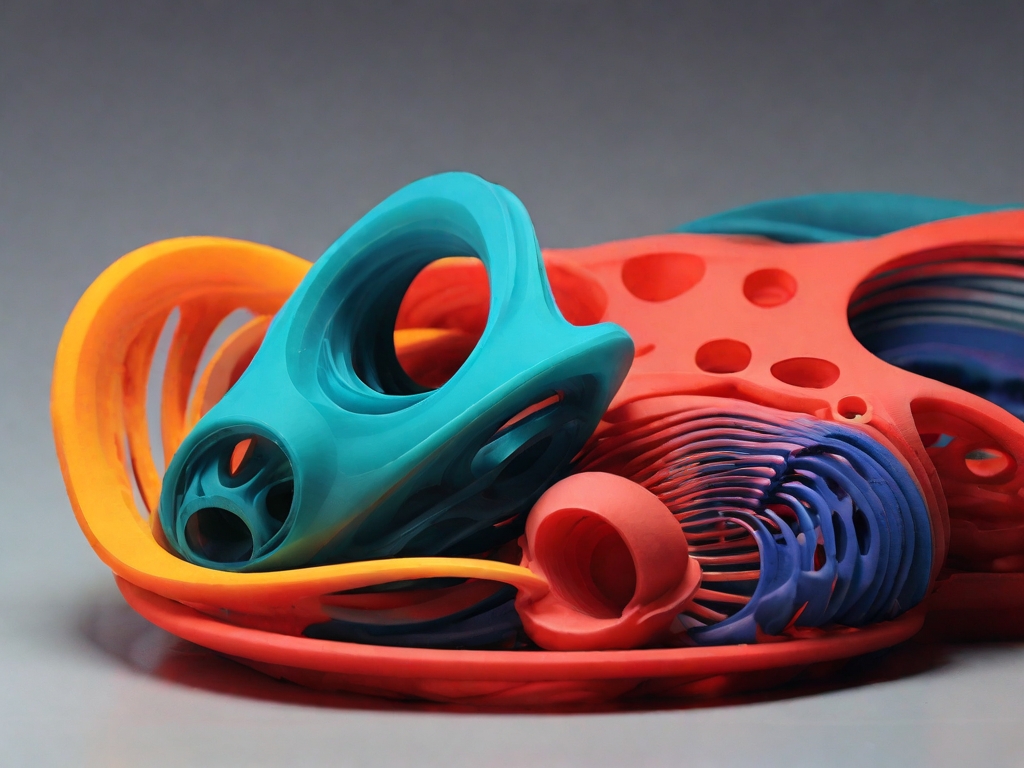
Understanding the Evolution
To contemplate the ”’future of 3D printing”’, we must first trace its evolution. Originating in the 1980s, 3D printing initially found utility in rapid prototyping, allowing engineers and designers to swiftly iterate their creations. However, as technology advanced and costs diminished, its applications expanded exponentially. Today, 3D printing encompasses a diverse array of materials, including plastics, metals, ceramics, and even biological matter.
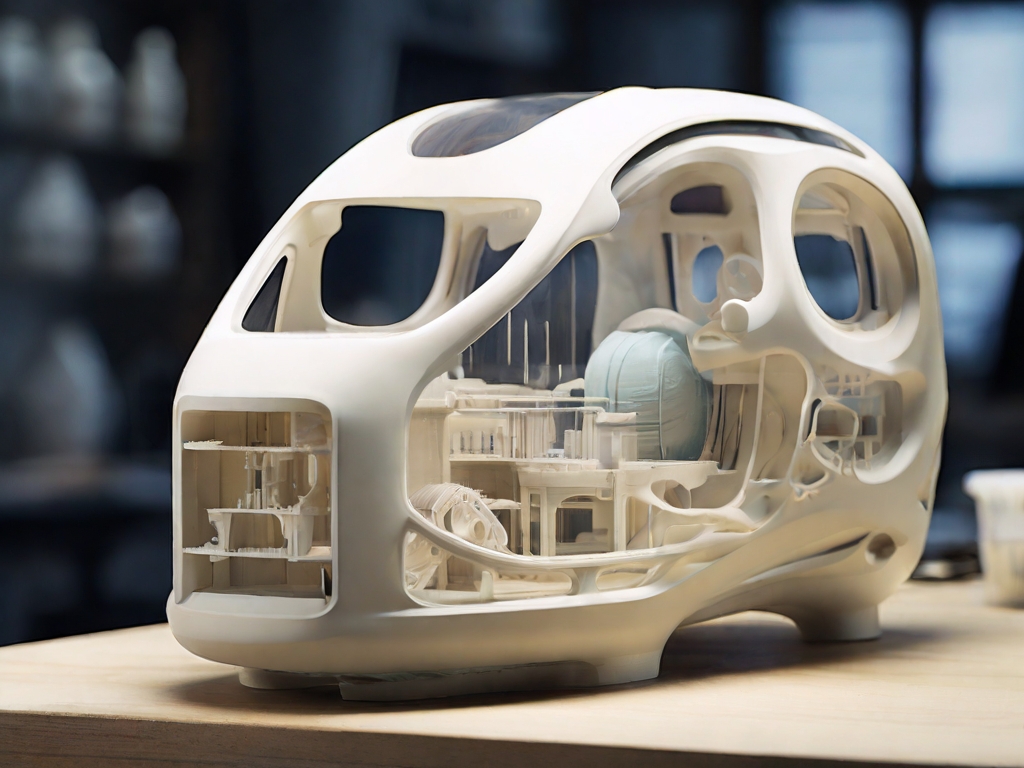
Pioneering Innovations
The ”’future of 3D printing”’ hinges on continuous innovation and breakthroughs. One of the most promising advancements lies in multi-material printing, enabling the fabrication of complex, multi-functional objects in a single process. Concurrently, advancements in nanotechnology are poised to refine the resolution and precision of printed objects, unlocking new frontiers in micro-scale manufacturing.
Additionally, the integration of artificial intelligence (AI) and machine learning algorithms promises to optimize printing processes, minimize material wastage, and enhance design capabilities. This convergence of technologies heralds a future where 3D printers operate autonomously, adapting to dynamic manufacturing requirements with unparalleled efficiency.
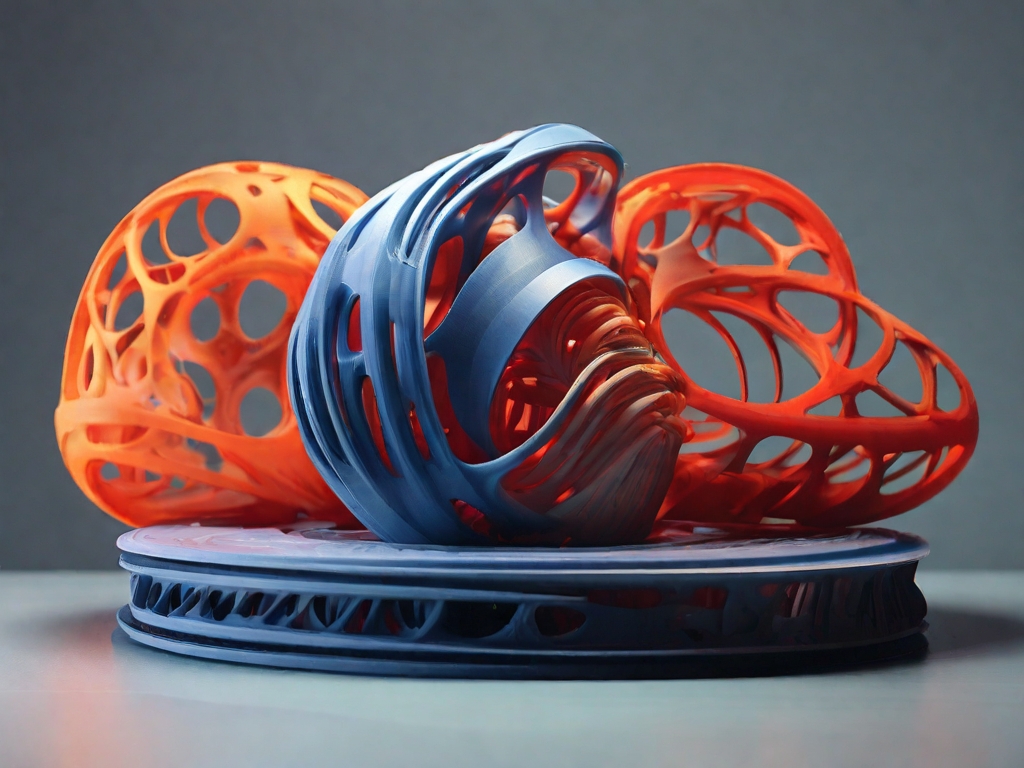
Redefining Industries
The impact of ”’3d printing and the future”’ on traditional industries cannot be overstated. In aerospace and automotive sectors, 3D printing facilitates the production of lightweight, intricately designed components, reducing fuel consumption and enhancing performance. Likewise, in healthcare, personalized implants, prosthetics, and even organs are on the horizon, offering tailored solutions and improving patient outcomes.
Architecture and construction stand to undergo a paradigm shift as well, with 3D-printed structures promising unprecedented speed, cost-effectiveness, and design flexibility. From affordable housing to avant-garde architectural marvels, the possibilities are limitless, reshaping skylines and urban landscapes worldwide.
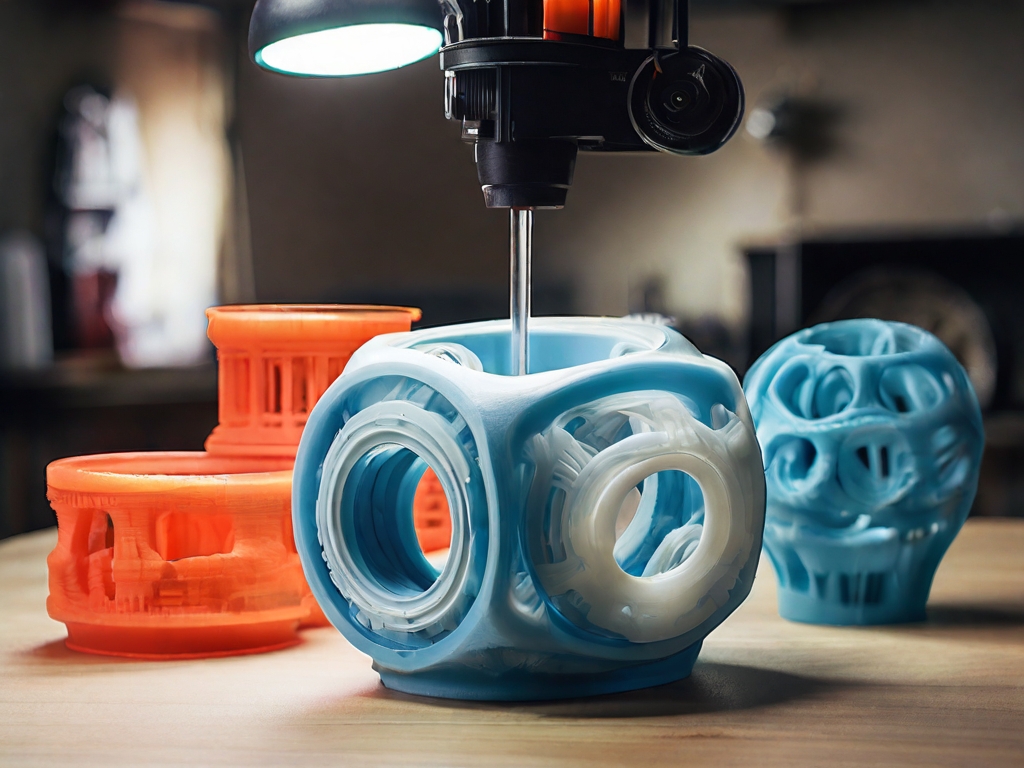
Sustainability and Environmental Implications
Amid growing environmental concerns, the sustainability of manufacturing processes has come under scrutiny. Herein lies one of the most compelling aspects of the ”’future of 3D printing”’: its potential to mitigate environmental impact. By minimizing material wastage and energy consumption through on-demand manufacturing and localized production, 3D printing presents a compelling case for sustainable development.
Furthermore, the utilization of recycled materials and bio-based polymers underscores the industry’s commitment to eco-conscious practices. As sustainability continues to ascend the global agenda, 3D printing emerges as a pivotal enabler of circular economies and green manufacturing.

Democratizing Innovation
Perhaps the most profound implication of the ”’3d printing future technology”’ is its democratizing effect on innovation. Traditionally, the barriers to entry in manufacturing were formidable, requiring substantial capital investment and specialized expertise. However, 3D printing democratizes access to production tools, empowering individuals and small-scale enterprises to bring their ideas to fruition.
From garage-based startups to community-driven innovation hubs, 3D printing fosters a culture of creativity and entrepreneurship. Moreover, open-source platforms and collaborative networks foster knowledge sharing and collective problem-solving, accelerating the pace of innovation and amplifying its impact.
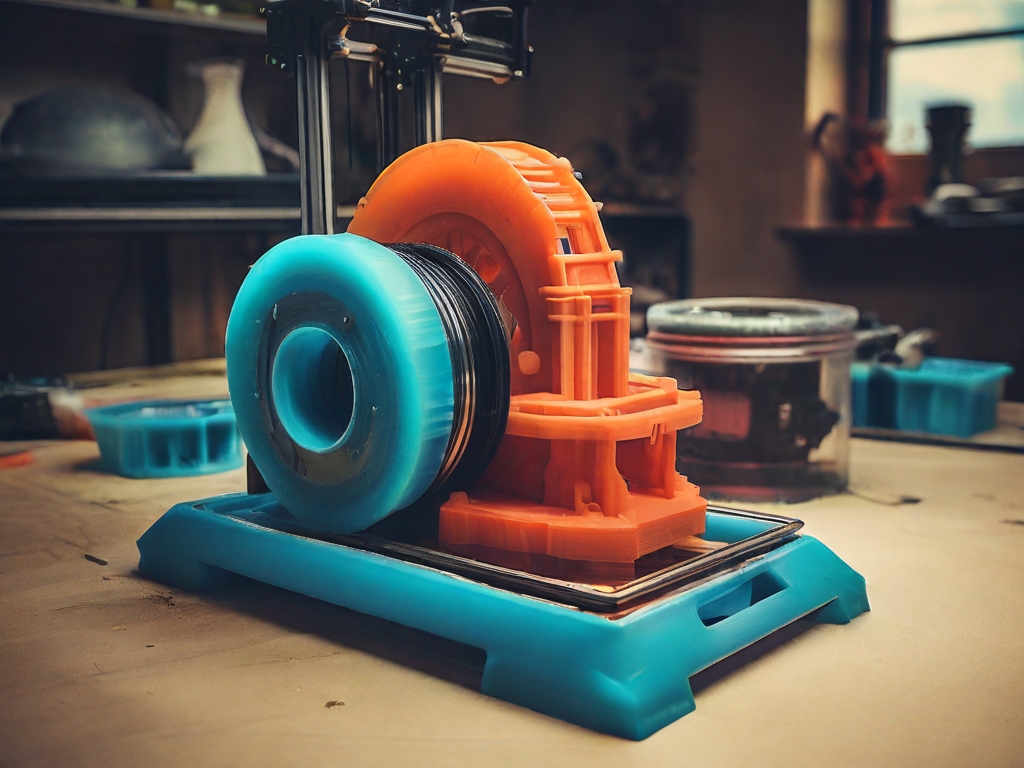
Challenges and Considerations
Despite its transformative potential, the ”’future of 3D printing”’ is not without challenges. Intellectual property concerns loom large, as the ease of replicating objects raises questions regarding copyright infringement and unauthorized replication of proprietary designs. Furthermore, regulatory frameworks must adapt to accommodate the unique characteristics of 3D-printed products, ensuring safety, quality, and ethical standards.
Moreover, as with any disruptive technology, there are socio-economic implications to consider. The widespread adoption of 3D printing has the potential to disrupt traditional manufacturing ecosystems, necessitating reskilling and workforce reintegration efforts. Additionally, questions of accessibility and digital divide must be addressed to ensure equitable access to 3D printing technologies and opportunities.
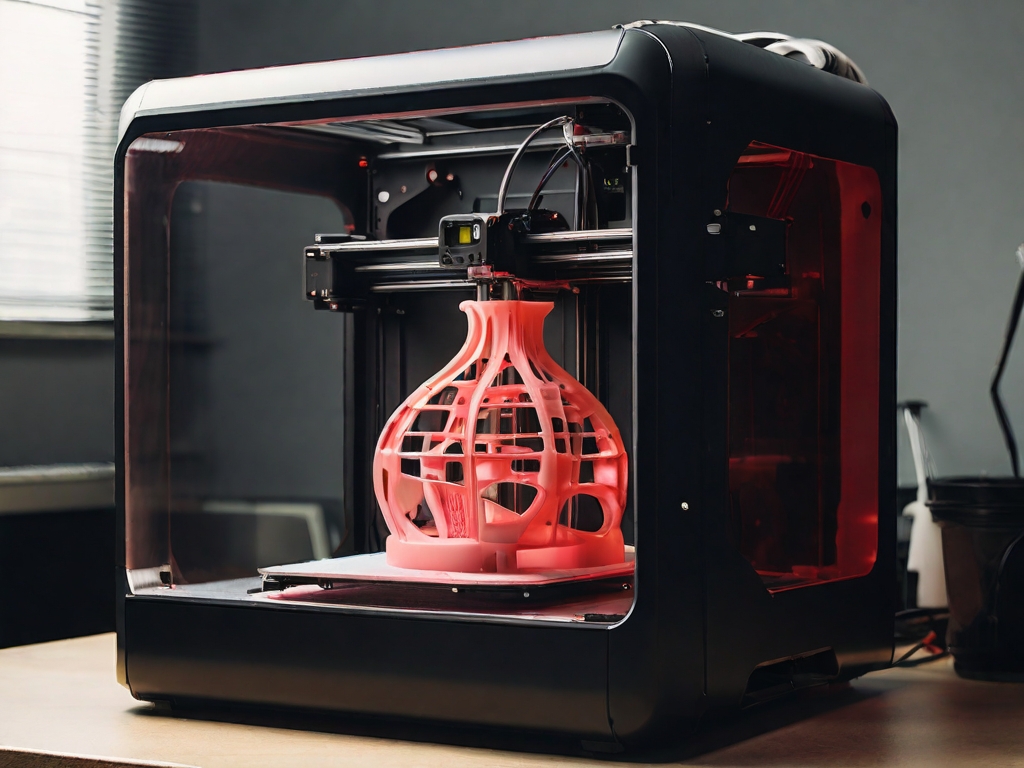
Conclusion
In conclusion, the ”’future of 3D printing”’ holds immense promise and potential. From revolutionizing industries to empowering individuals, its impact reverberates across society, economy, and environment. As we navigate the complexities of this transformative technology, it is essential to foster a collaborative, inclusive approach that prioritizes sustainability, innovation, and ethical considerations.
With visionary leadership, robust regulatory frameworks, and a commitment to harnessing technology for the greater good, we can unlock the full potential of 3D printing and pave the way for a more prosperous, equitable future.
As we stand at the nexus of innovation and possibility, let us embrace the boundless opportunities that lie ahead in the dynamic landscape of 3D printing. The future is ours to shape, and with 3D printing as our ally, the possibilities are truly limitless.
